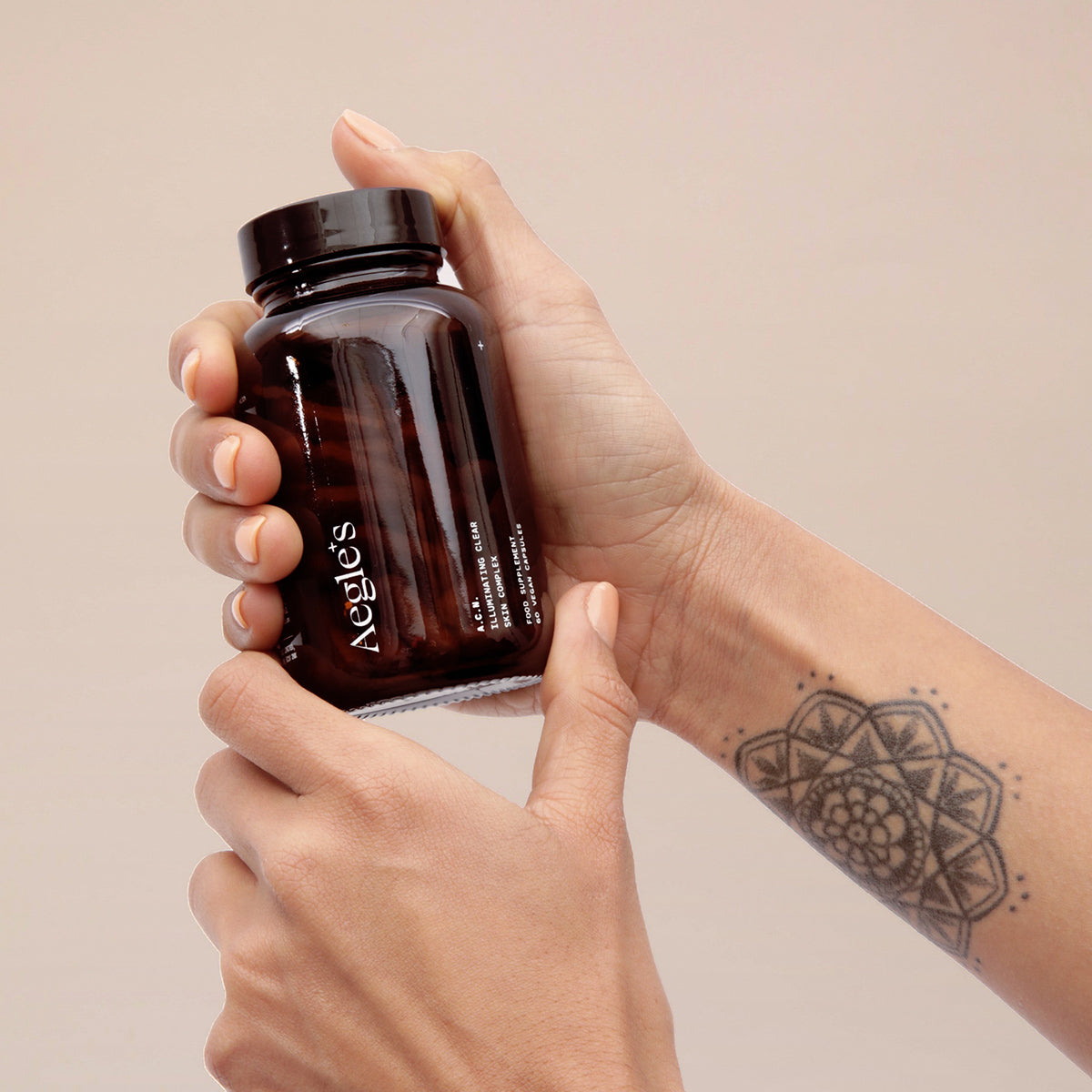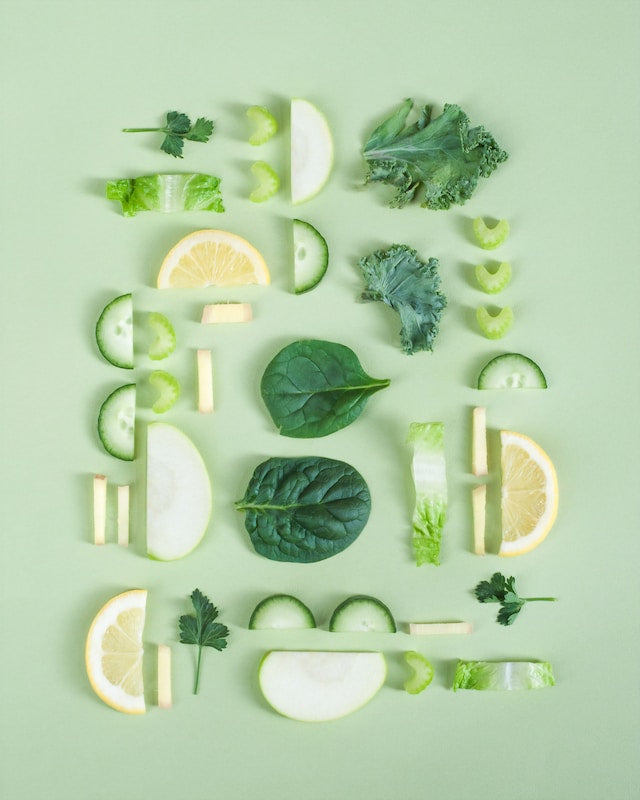Teenage years are difficult for girls and even more challenging when you have oily skin and blemishes. If you’re a teen, this article will explain why your skin is breaking out, and how to treat it.
What causes teenage blemishes?
Every internal cause of breakouts is due to an excess in sebum production. Sebum is an oily substance produced by the sebaceous glands of the skin.
Sebum has a few important roles. It helps to protect the skin from bacteria and fungi, keeps the skin hydrated, and helps regulate your immune system.
When we reach puberty, our hormones begin to shift and change dramatically, causing our skin to produce more sebum. This is why teenagers experience breakouts more often than any other age bracket.
Why do some girls break out and others don't?
Teenagers can break out for all the same reasons as adult women. However, a teenager’s blemishes are much more likely to be caused by a diet high in sugars or a sugar sensitivity. This is because puberty is associated with increased sugar sensitivity – as is the case for women during pregnancy.
Mid-way through puberty there is a marked increase in sugar sensitivity, which reduces again at the end of puberty. That’s why many girls’ skin will clear roughly between the ages of 16-20.
This is why it’s not recommended to treat a teenage girl’s blemishes with hormonal intervention, such as hormonal birth control, as her skin may recover on its own when she reaches adulthood. The danger with hormonal intervention is that she will need to recover and rebalance her natural hormonal state after coming off hormonal birth control, which may cause further issues down the line.
There are a few reasons why some girls experience breakouts and others do not:
- How much sugar and simple carbohydrates they eat, in relation to how much they exercise
- The severity of sugar sensitivity
- How much testosterone and DHT their bodies produce
- How much sebum is produced by their skin
- Their preventative skincare routine
- Genetics and if they have blemish-prone skin
Dairy and blemishes
Consuming lots of cow’s dairy can also lead to the internal imbalances that cause blemishes. This does not mean that cow’s dairy needs to be completely removed from the diet as all foods are OK in moderation. If dairy consumption is high, there are many healthy nut-based alternatives.
How to treat teenage blemishes
The best way to treat teenage blemishes is by changing your diet and taking a supplement that supports the healthy metabolism of sugars. However it's important to speak to your healthcare provider before taking any supplements if you're under 18.
Diet-wise, it’s most effective to reduce sugars and simple carbohydrates. These include the following:
- White flour and white rice
- Processed sugars
- Sugary drinks
- Cow's dairy
- Fruit juice
Skincare for teenage blemishes
Treating teenage acne with skincare is also a good option, as sometimes skincare alone can be enough to completely clear the skin.
For natural options, look for products that contain essential oils of tea tree and lavender, as well as hemp seed oil and topical probiotics. Avoid coconut oil which can be very pore clogging.
Pharmaceutical topical options include salicylic acid and benzoyl peroxide, as well as a topical antibiotic and zinc combination.
Caution on strict diets and eating disorders
Eating disorders in girls and young women are unfortunately far too common. It’s very important to understand that even though a diet high in sugars and simple carbohydrates can be the cause of breakouts, these foods are also an essential part of the enjoyment of being a teenager, especially in social situations.
If you’re a teenager or you’re a caregiver of a teenager experiencing breakouts, please practise moderation with any diet. Cut down on sugars and simple carbohydrates in moderation, rather than cutting out these foods completely. The most important thing, above anything, is to continue to enjoy the pleasure of eating sugars and simple carbohydrates from time to time, in moderation. Keeping in mind that the stress or hormonal disruption from an eating disorder can contribute to blemishes too.
Start your journey to heal your skin now.

Start your journey to heal your skin now.
- Contains ingredients clinically proven to improve blemishes and skin radiance.
- Formulated by one of the world's leading skin practitioners.
- The only supplement that works for the three main causes of blemishes, blackheads and oily skin.
Discover more articles
- Choosing a selection results in a full page refresh.






